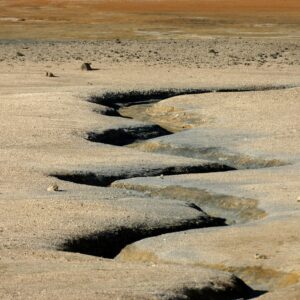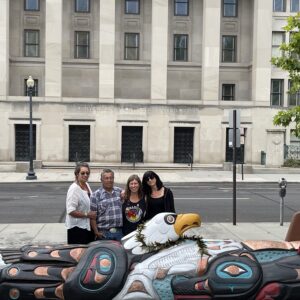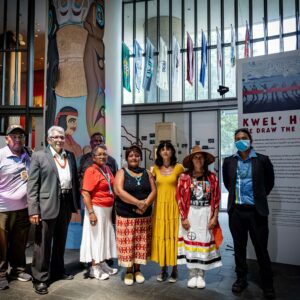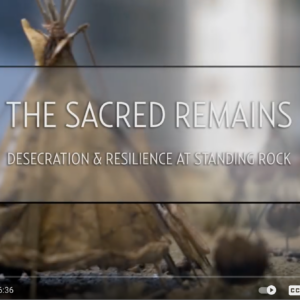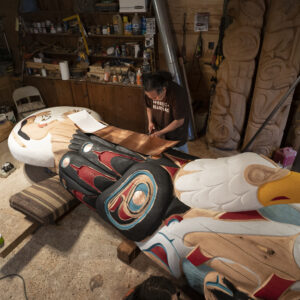From the Washington Post: “For master carver Jewell “Praying Wolf” James, a Lummi Nation citizen, the totem pole is “a reminder of the promises that were made to the first peoples of this land and waters.” He said he hopes that people will “share in their responsibility to safeguard the sacred sources of life — Earth, water and sky.”
“It’s going to carry the spirit of the land it visits and the power and prayers of the people along the way to the symbolic heart of the nation,” said Beka Economopoulos, Director of The Natural History Museum in Washington State. She said keeping the pole in D.C. would make it a “monument to the protection of sacred places and a way of relating to the land.”
Judith LeBlanc, director of the Native Organizers Alliance said bringing the pole to the nation’s capital will encourage national leaders to “recognize what their ancestral responsibilities are.” “We sat nation-to-nation and signed agreements,” LeBlanc said. “We gave up land that mattered in order to receive health care, education and housing. Those treaty rights have been denied all through history.”
LeBlanc said she hopes the White House will “create a whole new reset with tribal nations by bringing us to the table to not just consult, but to come up with solutions” to protect land and water resources on sites sacred to Native Americans.”
Read Update
